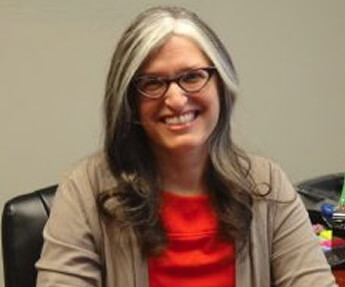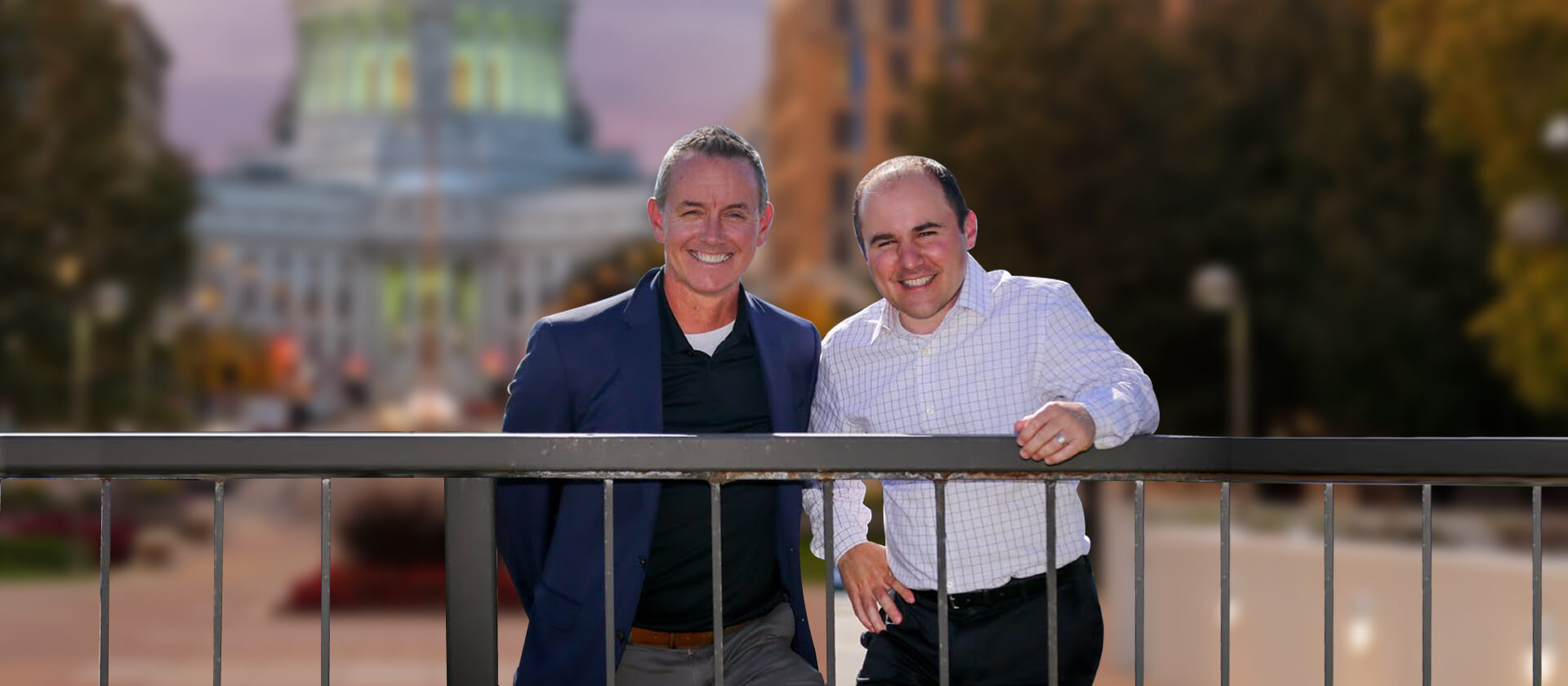





Attorney at Debt Advisors Law Offices
Practice Areas: Chapter 7 Bankruptcy, Chapter 13 Bankruptcy, Stop Foreclosure

For many Americans, borrowing for college feels like the only way to invest in a better future. Yet the reality of paying back student loans often looks very different from the dream. Balances grow, interest piles on, and repayment options can feel limited. Unlike other forms of debt, student loans come with special rules that make them harder to manage or discharge.
If you’re living in Wisconsin, you may have already wondered whether a Wisconsin bankruptcy attorney can help with student loans the way they can with credit cards or medical debt. The answer is not simple, but there are legal strategies and financial programs worth knowing about.
This article breaks down the history of student loan laws, the difference between federal and private loans, and the practical alternatives borrowers should consider today. Keep reading to understand not only the limits of the law, but also the opportunities available to regain financial control.
Federal and private student loans look similar on paper but come with very different terms. Federal loans are funded by the government and make up the vast majority of outstanding student debt in the United States.
They are widely available, require little to no credit history, and offer protections such as income-driven repayment plans, temporary deferment, and limited forgiveness programs for public service workers.
Private student loans are issued by banks or financial institutions. Unlike federal loans, approval depends on credit scores, co-signers, and interest rates that are often higher. Private loans also lack the flexible repayment structures found in federal programs, making them harder to manage when financial setbacks occur.
Understanding the difference is the first step toward knowing your repayment and relief options.
Student loan debt hasn’t always been treated differently in bankruptcy. Before 1976, borrowers could discharge student loans along with other unsecured debts. Concerns over rising defaults led Congress to change the law, protecting federal loans from being easily discharged.
Further restrictions came with the Bankruptcy Abuse Prevention and Consumer Protection Act (BAPCPA) of 2005, which extended protections to private loans. Today, student loans whether federal or private are almost impossible to discharge unless a borrower can prove “undue hardship,” a very strict legal standard.
This means that while bankruptcy remains an option for other debts, student loans typically survive, forcing borrowers to explore alternative strategies. For more details, see the U.S. Department of Education on repayment and forgiveness options.
The financial weight of student loan debt reaches beyond monthly payments. Interest builds quickly, leaving borrowers paying more than the original loan amount. Federal loans allow wage garnishment if payments are missed, while private lenders can sue for repayment.
The personal toll is just as serious. Many borrowers delay buying homes, starting families, or saving for retirement because of high balances. The emotional strain, combined with the sense of being trapped by no dischargeable debt, adds to the pressure.
“According to the U.S. Department of Education, over 43 million Americans owe federal student loan debt, totaling more than $1.6 trillion.”
This scale of debt shows why student loan relief remains part of ongoing political debate, with some policymakers pushing for broader forgiveness while others stress fiscal responsibility.
Although bankruptcy cannot usually wipe away student loan debt, it can help indirectly. By eliminating credit card bills, medical debt, or other unsecured obligations, borrowers may free up income to focus on loan repayment. Beyond bankruptcy, several options exist for struggling borrowers.
These options provide practical relief without relying on discharge, which remains rare under current law.
In Wisconsin, student loan borrowers face the same federal restrictions as the rest of the country, but local resources may provide additional support. Nonprofit credit counseling services and state-based programs can guide repayment strategies.
Debt Advisors Law Offices, as a debt relief agency, works with individuals to explore all available options. While student loans cannot usually be eliminated through Chapter 7 or Chapter 13 bankruptcy, reducing other debts through these processes can give borrowers the breathing room needed to keep up with their student loan payments.
|
Year |
Law/Change |
Impact on Borrowers |
| Pre-1976 | Student loans dischargeable | Allowed full elimination in bankruptcy |
| 1976 | Education Amendments | Restricted discharge of federal loans for first 5 years |
| 1998 | Higher Education Amendments | Made federal loans nondischargeable except for hardship |
| 2005 | BAPCPA | Extended non dischargeability to private student loans |
| Today | Current system | Discharge extremely limited; hardship proof required |
They are generally not dischargeable unless a borrower proves undue hardship, which is rare under current bankruptcy law.
Federal loans have flexible repayment and forgiveness programs, while private loans depend on lenders and usually lack these protections.
Yes. It can eliminate other unsecured debts, giving borrowers more financial room to handle their student loan obligations.
Federal programs like IDR, PSLF, and Teacher Loan Forgiveness offer structured relief for eligible borrowers.
Congress restricted discharge to protect government-backed loans, making them no dischargeable except under undue hardship rules.
Yes. Nonprofit credit counseling and state financial assistance programs can provide additional guidance.
Student loan debt remains one of the most difficult challenges for borrowers. The laws surrounding bankruptcy and student loans make direct discharge nearly impossible, but relief is still possible through repayment plans, forgiveness programs, and strategic use of bankruptcy for other debts.
Borrowers should not face these decisions alone. Debt Advisors Law Offices helps Wisconsin residents explore debt relief options and create a clearer financial future. If student loan debt is weighing you down, consider speaking with an experienced attorney about your full financial situation.

Learn about bankruptcy protections, types of bankruptcy, how to get started, what to expect, and who to trust. Filing bankruptcy is the ONLY way to completely eliminate debt. If bankruptcy is right for you, it offers powerful protections that cannot be achieved through alternative solutions such as hardship relief, loans, or debt settlement.